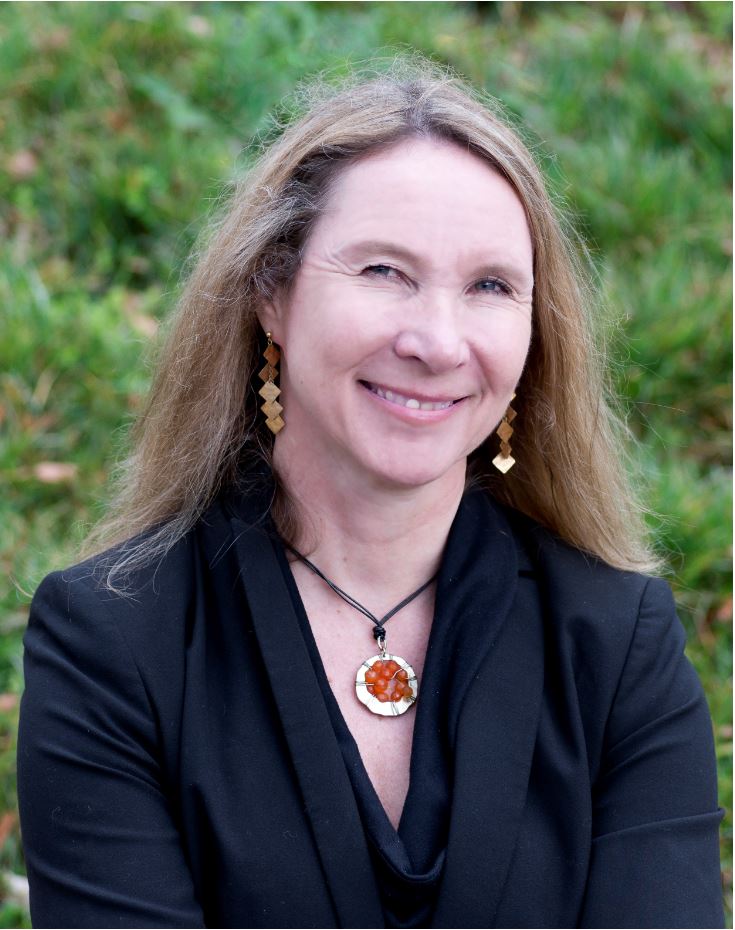Thinking Critically, Thriving Academically: A Graduate Student’s Guide to Purposeful Learning
 Dr. Ada Haynes, professor of sociology at Tennessee Tech University, has spent her
career helping students and educators strengthen their thinking and problem-solving
skills. As co-director of the Center for Assessment and Improvement of Learning, she
works with institutions around the world to improve how critical thinking is taught
and assessed.
Dr. Ada Haynes, professor of sociology at Tennessee Tech University, has spent her
career helping students and educators strengthen their thinking and problem-solving
skills. As co-director of the Center for Assessment and Improvement of Learning, she
works with institutions around the world to improve how critical thinking is taught
and assessed.
In this interview, Dr. Haynes discusses what critical thinking looks like in real classrooms and labs, how graduate students can develop these skills, and where higher education is headed.
Background & Motivation
In higher education, the interest in critical thinking stems from a desire to empower students, especially in underserved regions.
Dr. Haynes shared that “the need to prepare students not just to memorize facts, but to think for themselves, became urgent during my time working in Appalachian communities, seeing how education could serve as a tool for resilience deeply shaped my approach.”
Understanding Critical Thinking
In both STEM and social sciences, critical thinking means purposeful analysis and applied reasoning.
“In STEM, it’s about applying logic and evidence to solve problems. In the social sciences, it’s also about questioning assumptions and understanding human behavior,” Haynes stated. “In both cases, it's a habit of mind, not a checklist.”
The Critical Thinking Assessment Test (CAT)
The CAT has helped faculty identify specific skills gaps and guide targeted interventions.
“I’ll never forget a case in a biology course where CAT results showed students struggled with interpreting conflicting data,” Haynes said. “The instructor redesigned lab prompts to focus on ambiguity, and student performance — and confidence — soared.”
Graduate Student Development
Strategies like Socratic questioning and reflective journaling can enhance critical thinking in labs and discussions.
“In lab meetings, asking students to explain why a result is unexpected — or how they’d replicate a study differently — encourages deeper reasoning,” Haynes explained. “Tools like structured debates or research memos also work well.”
Role of Graduate Students & Campus Initiatives
Graduate students are at the center of interdisciplinary projects and peer-led critical thinking initiatives.
“We’re launching a Critical Thinking Fellows program where grads mentor undergrads across disciplines,” Haynes stated. “It’s about creating a culture where questioning and collaborative learning thrive.”
Future Trends & Vision
Critical thinking will be more deeply embedded in curricula and linked to career readiness.
“In the next decade, I see critical thinking being assessed not just in capstone courses, but across an academic journey,” Haynes said. “It’s becoming essential for navigating AI, data ethics, and global complexity.”
As graduate students face increasing demands in research, teaching, and career preparation, Dr. Haynes reminds us that critical thinking is not an extra skill — it’s a foundational one.
“Learning how to think clearly, question deeply, and adapt thoughtfully isn’t just part of academic success,” Haynes said. “It’s what helps students thrive long after they leave the classroom.”

